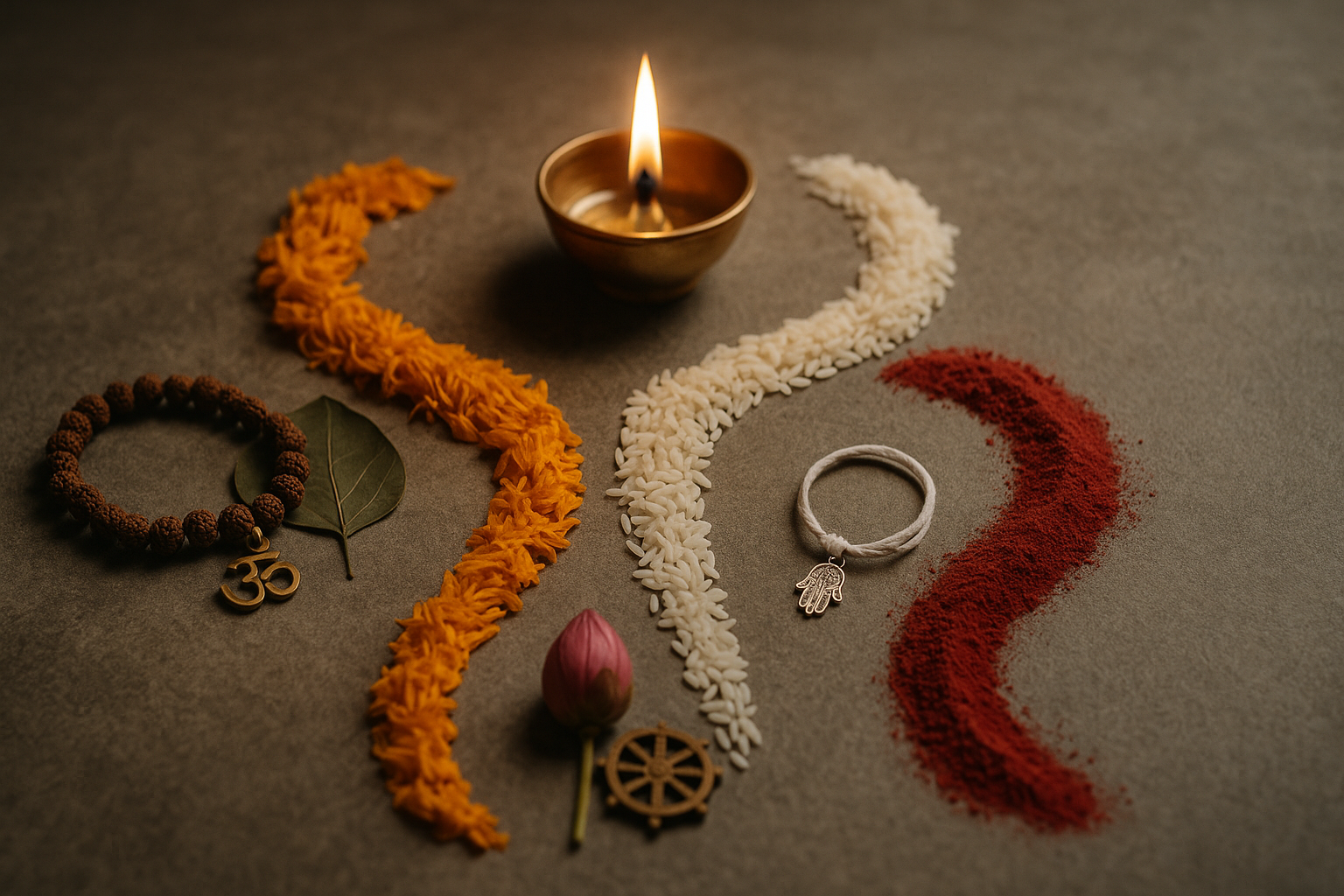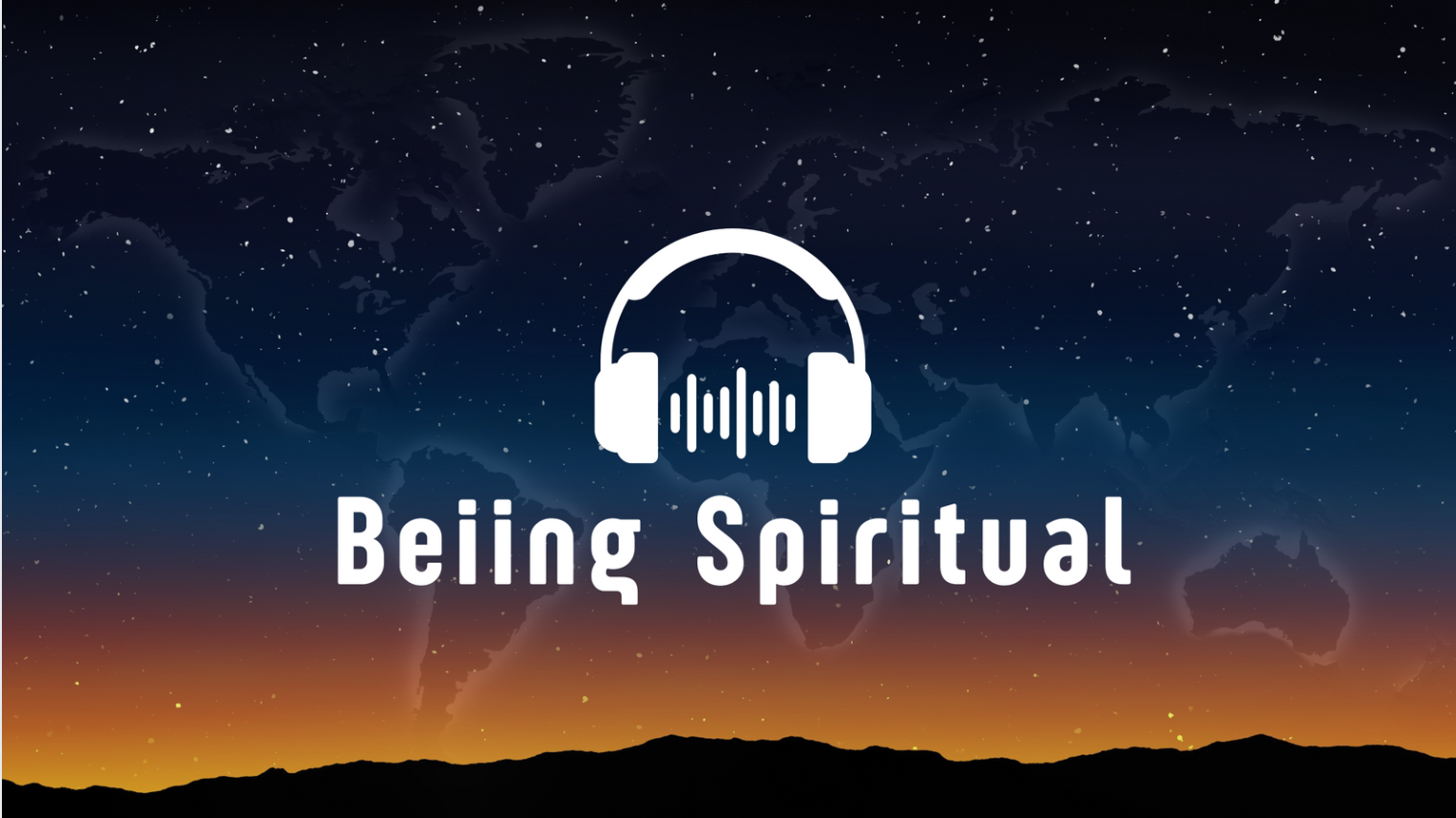Estimated reading time: ~12–14 minutes
Why “Different Schools” Exist at All
Imagine three students all trying to become “truly healthy.”
- One chooses running (cardio).
- One chooses yoga (balance).
- One chooses strength training (power).
Different methods, same goal. Religions evolve in a similar way. As communities grow across places and centuries, people emphasize different practices and ideas to best reach the same destination—wisdom, compassion, and freedom.
Across Hinduism, Buddhism, and Jainism, schools of thought formed because of:
- Geography & language: Ideas spread into new regions and local cultures shaped them.
- Debates & councils: Friendly (and sometimes fiery!) debates clarified teachings.
- Practice needs: Monastics vs householders often need different rules.
- Teachers & lineages: Great teachers highlighted different aspects of the path.
- Historical shocks: Famines, migrations, or political changes sometimes separated communities physically—and then philosophically.
Keep that lens as we walk through each tradition.
Buddhism: Theravada (Historically “Hinayana”) & Mahayana
Simple idea: Buddhism asks, “How do we end suffering at its root?” The Buddha taught methods (ethics, meditation, wisdom) to transform the mind.
How the Split Took Shape (Simple Timeline)
- c. 5th–4th century BCE: After the Buddha’s passing, councils gathered to preserve teachings. Differences began in monastic rules and interpretations.
- By ~1st century BCE–1st century CE: A broad Mahayana movement arose with new sutras and a bigger emphasis on universal compassion and the Bodhisattva ideal. Communities tracing older lineages continued—today commonly known as Theravada (in Sri Lanka, Thailand, Myanmar, etc.).
Note on terms: “Hinayana” (“lesser vehicle”) is an old polemical term used by some Mahayanists; Theravada is the respectful modern name. We use “Theravada (historically called Hinayana)” only for orientation.
Core Flavors
- Theravada (historically Hinayana)
- Emphasis: Early discourses (Pali Canon), monastic discipline, personal liberation (arahant ideal).
- Picture it like: Learning to master your own mind first—like fixing your oxygen mask before helping others.
- Mahayana
- Emphasis: Bodhisattva ideal—work for all beings’ awakening; vast compassion; teachings like Shunyata (emptiness).
- Picture it like: Building a bus for everyone to ride to freedom together, not just a single bicycle.
Why It Matters Today
- Theravada’s precision in meditation is amazing for mental focus and personal ethics.
- Mahayana’s compassion-first message pushes us to build kinder schools, workplaces, and policies.
Together, they remind us: train yourself deeply, and also lift others generously.
Jainism: Digambara & Shvetambara
Simple idea: Jainism asks, “How do we stop harming and purify karma?” The core is Ahinsa (non-violence) in thought, speech, and action.
How the Split Took Shape (Simple Timeline)
- After Mahavira (6th century BCE): Over centuries, famines and migrations separated communities.
- c. 3rd century BCE–1st century CE: Differences solidified in dress, texts, and views about practice—especially monastic conduct.
Core Differences (In Plain Words)
- Digambara (“sky-clad”)
- Some monks practice complete non-possession symbolized by nudity (where lawful).
- Hold that original scriptures were lost; follow later authoritative texts and commentaries.
- Traditionally say Kevala-jnana (liberation) is not attainable in a female body (a debated point in modern times).
- Shvetambara (“white-clad”)
- Monks and nuns wear simple white robes.
- Preserve a canon of scriptures (Agamas).
- Affirm that women can attain liberation.
What Both Share
- Five vows: Ahimsa, truth, non-stealing, chastity, non-attachment.
- Intense self-discipline: Fasting, careful speech, compassion for all life (down to tiny beings).
Why It Matters Today
Jain discipline teaches attention to impact: food choices, business ethics, even how we speak online. The two traditions model how communities can differ yet keep a shared heart of non-violence.
Hinduism: Vaishnava, Shaiva (Plus Shakta & Smarta as Bridges)
Simple idea: Hindu thought asks, “What is the Self and the Supreme Reality—and how do we live in harmony with that truth?” Many paths bloom: devotion (bhakti), knowledge (jnana), action (karma yoga), meditation (raja yoga).
Not a “Split,” but a Family of Emphases
Unlike a single schism, Hindu traditions diversified over many centuries as devotion to different forms of the Divine flourished:
- Vaishnava: Devotion to Vishnu/Narayana (and avataras like Rama, Krishna).
- Shaiva: Devotion to Shiva (with streams like Shaiva Siddhanta, Kashmir Shaivism).
- Shakta: Devotion to the Divine Mother (Durga, Kali, Lakshmi, Saraswati).
- Smarta / Panchayatana: Honors five deities together—Shiva, Vishnu, Devi, Surya, Ganesha—seeing one Supreme behind all.
A beautiful bridge for unity here is the guru tradition—seeking guidance from a realized teacher who lights the path beyond mere information to lived wisdom.
Philosophical “Schools” You’ll Often Hear About
While Vaishnava and Shaiva name devotional families, Hindu philosophy also features classic Darshanas (viewpoints). Three well-known Vedanta flavors are:
- Advaita Vedanta (non-dualism): Ultimately, Brahman alone is real; the Self (Atman) is not separate from Brahman.
- Vishishtadvaita (qualified non-dualism): Unity with real distinctions—soul and world are modes of Brahman (associated with Ramanuja).
- Dvaita (dualism): God and soul are eternally distinct (associated with Madhva).
A unifying figure here is Adi Shankaracharya (8th–9th c.), who systematized Advaita Vedanta, wrote deep commentaries, and encouraged Panchayatana puja (honoring five deities together) to reduce sectarian friction—“many forms, one Brahman.”
Why It Matters Today?
Hindu streams show how devotion, knowledge, and service can each be a doorway. Whether you sing to Krishna, meditate on Shiva, or serve with the spirit of the Mother, the destination is inner clarity and compassion in action.
Side-by-Side Snapshot (For Quick Revision)
| Tradition | Schools/Streams | Core Emphasis | “Everyday” Example |
| Buddhism | Theravada (historically called Hinayana); Mahayana | Precise self-training for liberation vs compassion-driven path for all beings | Solo workout plan vs community fitness class—both get you healthy |
| Jainism | Digambara; Shvetambara | Renunciation styles; scripture canons; views on women’s liberation | Different uniforms & rulebooks, same sport: non-violence |
| Hinduism | Vaishnava, Shaiva, Shakta, Smarta; Vedanta (Advaita, Vishishtadvaita, Dvaita) | Devotion to one form and/or inquiry into the One Reality | Choosing your favorite subject (music/art/science) yet graduating from the same school of life |
“Why and When” in One Glance
- Buddhism:
- When: Centuries after the Buddha, with key developments by ~1st c. BCE–1st c. CE.
- Why: Different views on scriptures, philosophy (like Shunyata), and the scope of compassion (personal liberation vs universal awakening).
- Jainism:
- When: Centuries after Mahavira; solidified by early centuries CE.
- Why: Migrations, monastic conduct (nudity vs white robes), scriptural preservation, and debates about women’s path.
- Hinduism:
- When: Gradually across the first millennium CE and beyond.
- Why: Regional devotion, powerful teachers, philosophical synthesis, and an age-old impulse to see the One through many windows.
What Should We Learn from These Histories?
- Diversity is a strength, not a flaw.
Multiple methods let different personalities grow. A teen who loves music may connect through kirtan; a quiet introvert through meditation; a doer through seva (service). - Debate can purify without dividing hearts.
Historical councils and dialogues (shastrartha) sharpened ideas. Done respectfully, debate is devotion to truth. - Compassion + Clarity beats either alone.
Theravada’s clarity and Mahayana’s compassion are a powerful combo—master your mind and open your heart. - Non-violence begins microscopically.
Jain attention to tiny lives reminds us to check labels, waste less, and speak gently. Small acts matter. - One Supreme, many doors.
Hindu practices remind us you can love God as Father, Mother, Friend, Child, or Absolute. What counts is sincerity and transformation. - Guidance matters.
A true guru is not a celebrity but a light who turns information into realization—moving us from confusion to living truth.
Still not clear?
- The Three Lamps: One lamp is bright and focused (Theravada). One is a lantern lighting the whole room (Mahayana). One is a headlamp that ensures you don’t step on ants (Jain Ahimsa). All fight darkness—just differently.
- The School of Five Teachers: Music (bhakti), Science (jnana), Sports (karma-yoga), Meditation (raja-yoga), and Civics (seva). Choose your main teacher, respect the others, and graduate wiser. (Smarta harmony in a nutshell!)
- The Mountain Trail: Some climb alone with expert gear (Theravada). Some build stairs for everyone (Mahayana). Some clear the path gently to not crush flowers (Jain). Some sing to the mountain as Mother or Father (Hindu bhakti). Same summit: freedom and love.
Gentle Cautions When You Read Online
- Words like “Hinayana” were sometimes used as put-downs in old debates. Prefer Theravada when speaking today.
- Don’t assume one stream is “better.” Often they answer different needs.
- History isn’t a single line: dates and details may vary across sources and regions.
Closing Thought
Many paths. One quest. Whether you bow to Shiva, chant “Buddham Saranam Gacchami,” or practice silent kindness in the Jain spirit, you’re training the same muscles: clarity, compassion, and courage. Learn from each school with respect—and let your life be the proof that wisdom works.
FAQs
Q1: Are these schools enemies?
No. They’re different approaches. Healthy traditions debate, learn, and sometimes blend practices.
Q2: Can I learn from more than one?
Yes! Many people meditate (Buddhist methods), practice non-violence (Jain values), and sing kirtan (Hindu bhakti). Your life is a custom timetable.
Q3: Is one path the “quickest”?
Depends on you. The “quickest” is the one you’ll actually do with sincerity.
Q4: Where should a teen begin?
Start with a daily micro-practice (5–10 minutes) and one weekly act of kindness. Small, steady steps > big, rare leaps.




